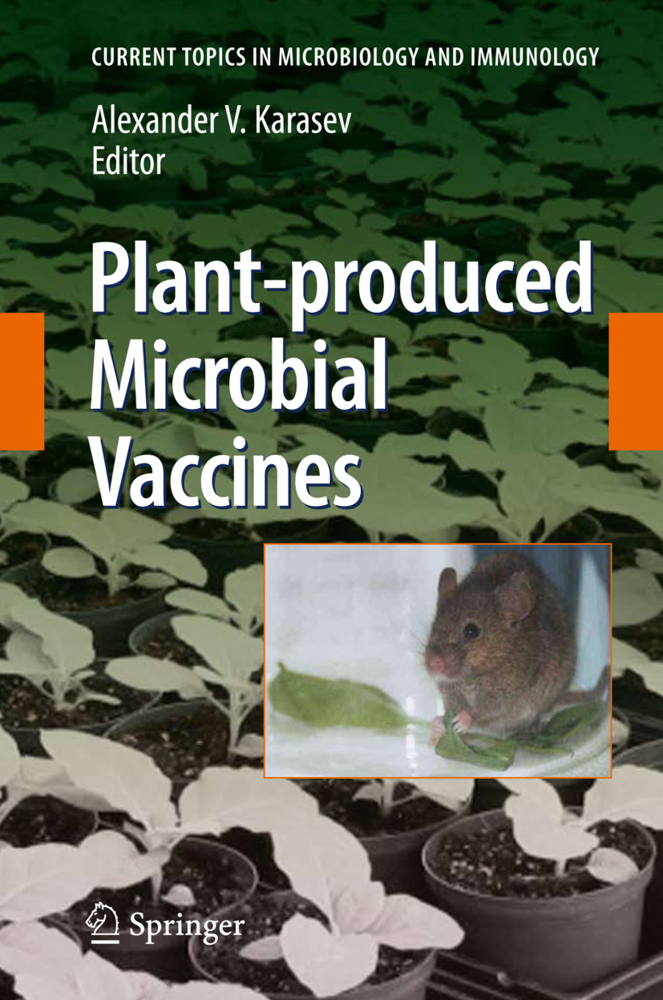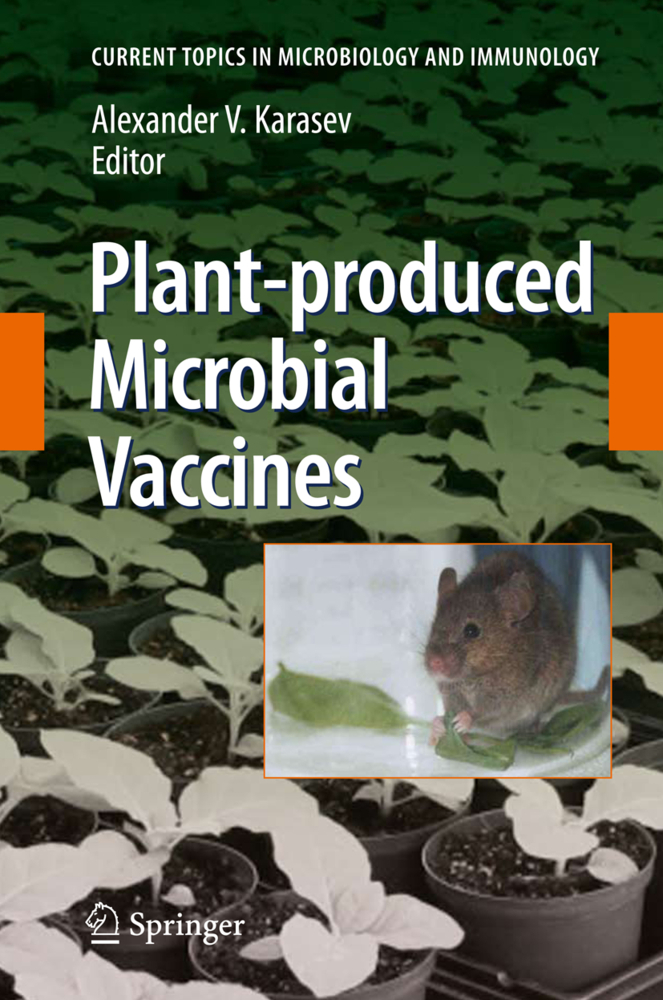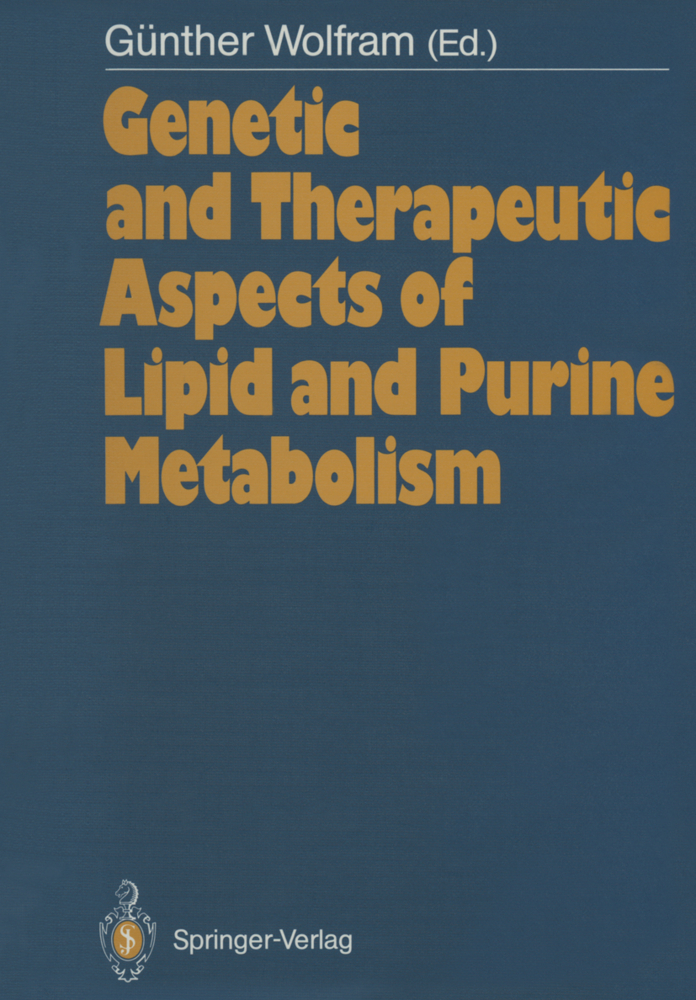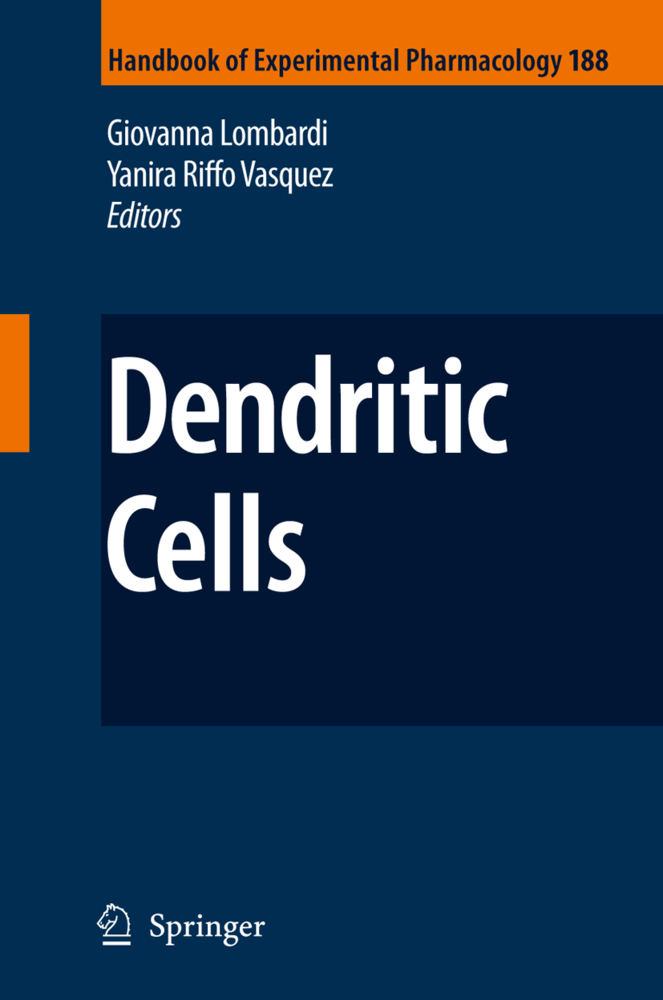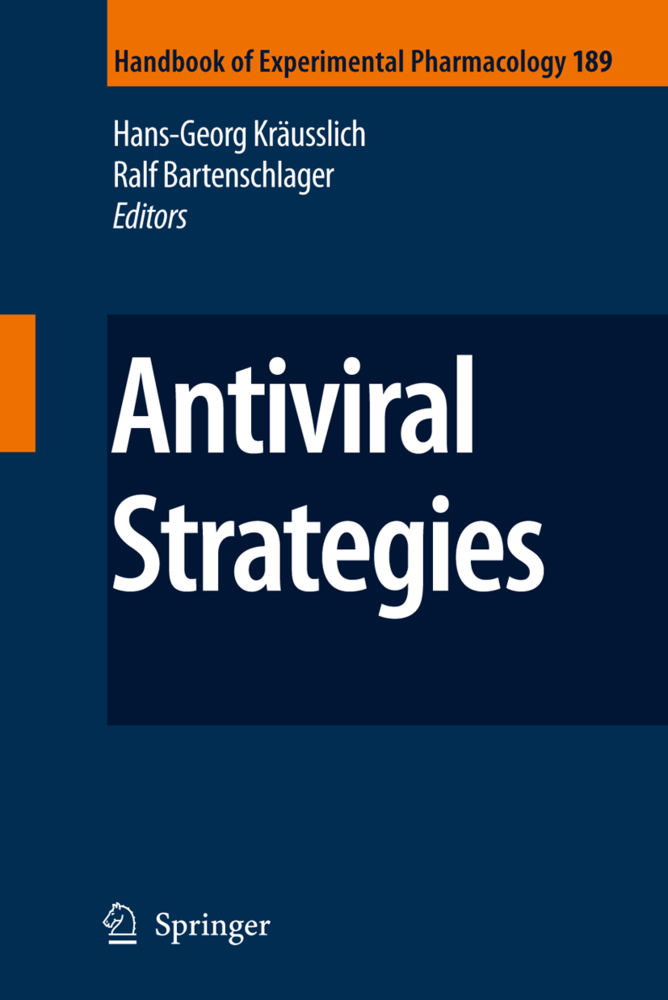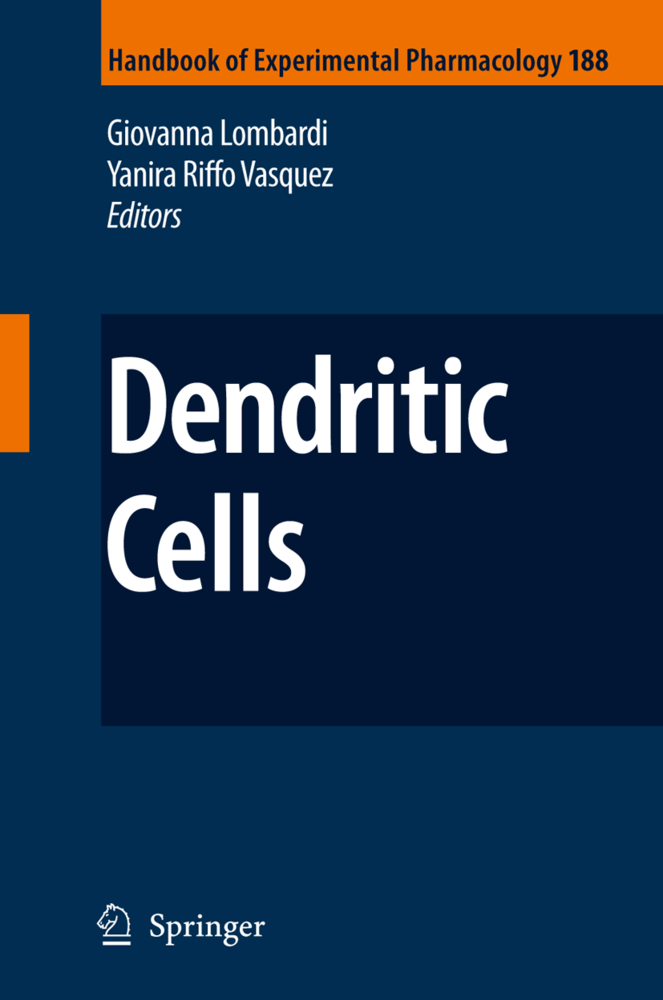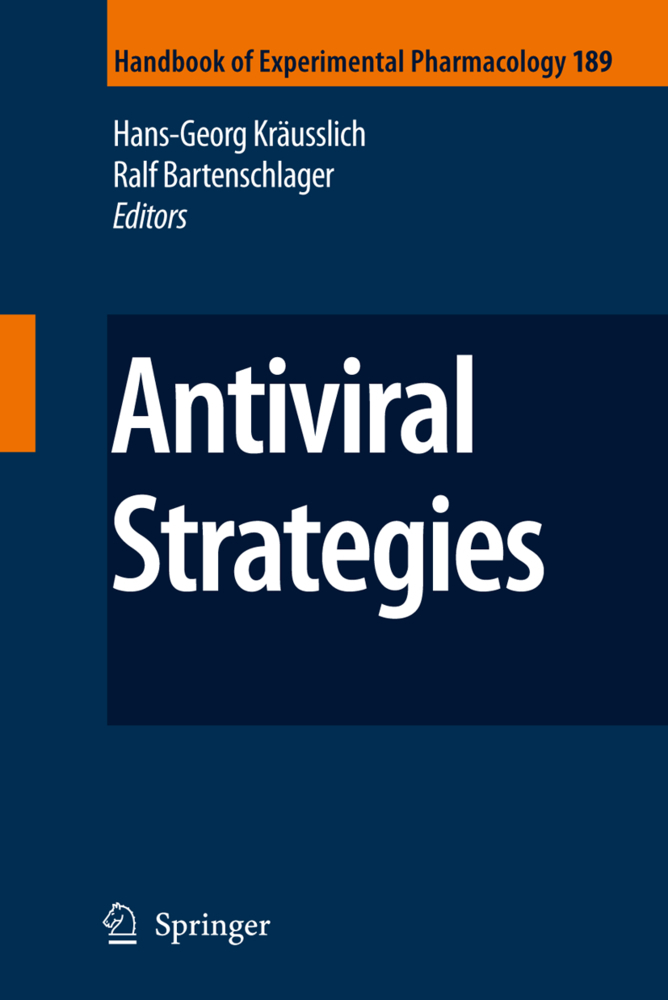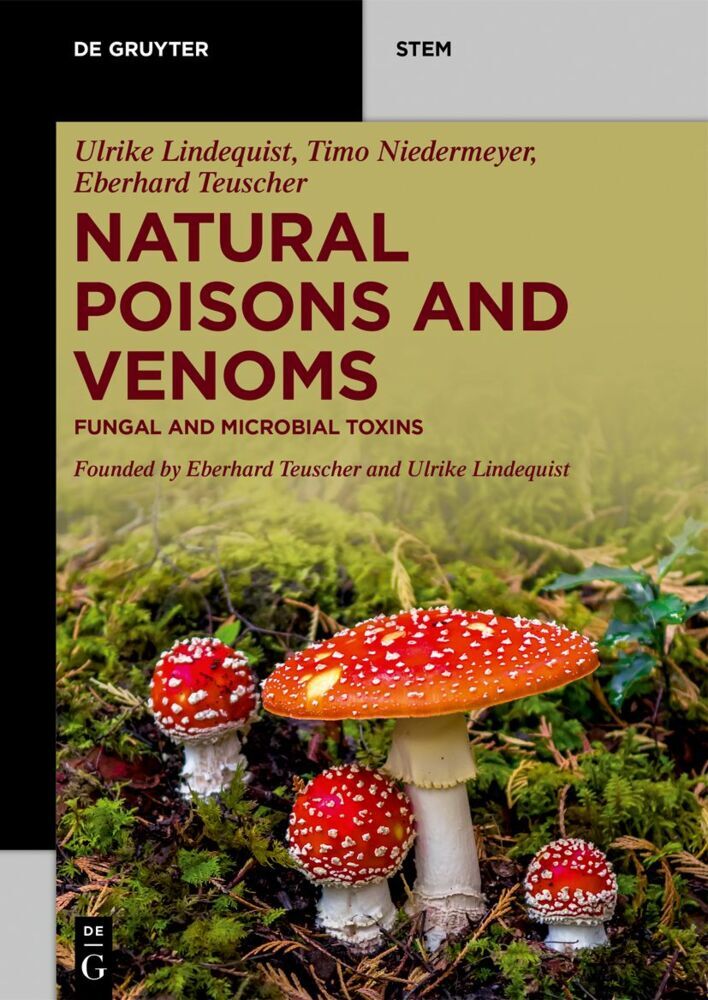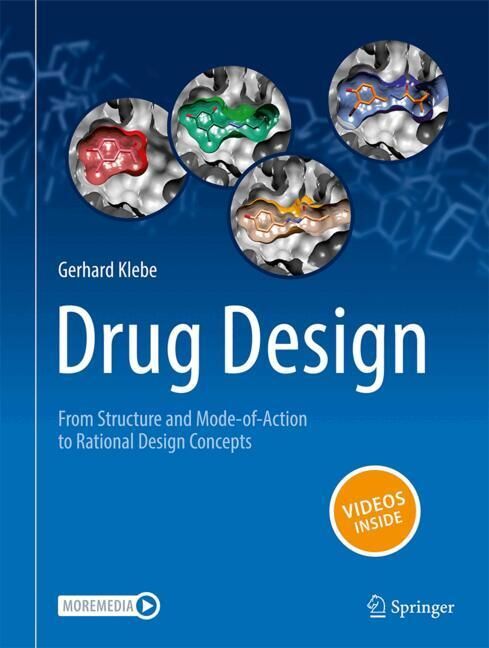Vaccines
Vaccines
The immune system is the only organ system in the body besides the central nervous systems endowed with memory. Both types of memories are specific and long-lasting, sometimes life long. This memory capacity of the immune system provides the basis for the most cost-efficient of all medical interventions, successful vaccinations against many common infectious diseases. Such a success requires the isolation of the infectious agent or toxic substance, methods to grow and/or purify the relevant antigen and change it into something innocuous whilst maintaining its immunogenicity. Whereas the early vaccines could only use the enhanced resistance against infectious disease as a measure of vaccine efficacy, most modern vaccines rely upon standardized laboratory tests accepted to parallel the in vivo protective capacity to confirm the quality and potency of the respective vaccine. We are presently experiencing an explosion in the development of new and/or improved vaccines. This is largely due to a parallel rapid expansion in our knowledge of the immune system and of the detailed molecular structure and function of microorganisms. Using this knowledge it is now possible to compose vaccines of new types where only certain molecules (or parts of molecules) derived from a pathogen are included, excluding other potentially harmful ones. Whereas earlier attenuated live vaccines were created by em pirical means such vaccines can now be created by molecularly defined inter ventions in the genome of the microorganism.
B. Viral Vaccines
C. Parasite Vaccines
References
2 Immunology of Infection
A. Introduction
B. The Adaptive (Acquired) Immune Response
C. The Cellular Immune System: T Cells
D. Cytokines
E. The Early Decision on the Type of Effector Functions that Prevail in an Immune Response
F. The Humoral Immune System: B Cells
G. T and B Cell Memory
H. Mucosal Immunity
I. Unsuccessful Induction of Specific Immune Responses
J. Implications for Rational Vaccine Design
References
3 DNA Vaccines: Immunogenicity and Preclinical Efficacy
A. Overview
B. Background
C. Effectiveness of DNA Vaccines in Animal Models
D. Mucosal Immunization
E. Delivery Systems and Adjuvants
F. Summary
References
4 Antigen-Presentation Systems, Immunomodulators, and Immune Responses to Vaccines
A. From Empirical Approaches to Rationally Selected Antigen-Presentation Systems and Immunomodulators for Vaccine-Mediated Protection Against Infectious Diseases
B. What Are the Essential Parameters of Vaccine-Induced Effector Mechanisms?
C. What Fundamental Immunological Mechanisms Can Be Modulated by Antigen-Delivery Systems and Immunomodulators?
D. What Is the Effect of Specific Delivery Systems and Immunomodulators on Responses to Vaccine Antigens?
E. How Can Vaccines Be Designed for Selected Target Populations with Variable Levels of Immunocompetence?
F. Conclusions
References
5 Vaccines Against Measles, Mumps, Rubella, and Varicella
A. Introduction
B. Measles Vaccine
C.) Mumps Vaccine
D. Rubella Vaccine
E. Varicella Vaccine
F. Epilogue
References
6 Hepatitis and Polio Vaccines
A. Introduction
B. Hepatitis A Virus
C. Hepatitis B Virus
D. Hepatitis C Virus
E. Hepatitis E Virus
F. Poliovirus
References
7 Herpes
A. Herpesviridae
B. Historical Background
C. The Glycoproteins
D. Early Events of Human Herpes Virus Replication
E. Latency
F. Reactivation
G. Clinical Infections
H. Immunology
I. Therapeutic Vaccines
J. Prophylactic Vaccines
K. Conclusions
References
8 Toxin-Based Vaccines (Diphtheria, Tetanus, Pertussis)
A. Introduction
B. Diphtheria Toxin
C. Tetanus Toxin
D. Production, Effectiveness, and Problems of Conventional Diphtheria and Tetanus Vaccines
E. Future Prospects
F. Diphtheria and Tetanus Toxoids as Carriers for Polysaccharide Vaccines
G. Pertussis
References
9 Outer Membrane Protein Vaccines
A. Introduction
B. Neisseria gonorrhoeae
C. Neisseria meningitidis
D. Nontypable Haemophilus influenzae
E. Moraxella catarrhalis
F. Animal Models
References
10 Carbohydrate-Based Bacterial Vaccines
A. Introduction
B. The Hib Experience
C. Meningococcal Polysaccharide and Conjugate Vaccines
D. Pneumococcal Polysaccharide and Conjugate Vaccines
E. Salmonella, Shigella, and E. coli
References
11 Mycobacteria
A. Introduction
B. The Cellular Response to Mycobacteria
C. Mycobacterial Antigens
D. Protection Versus Disease
E. Mycobacterial Vaccines
F. Future Prospects
References
12 Vaccines Against Diarrheal Diseases
A. Introduction
B. Overview of the Main Diarrrheal Pathogens
C. Mechanisms of Disease and Immunity in Diarrheal Diseases
D. Cholera Vaccines
E. ETEC Vaccines
F. Shigella Vaccines
G. Campylobacter jejuni Vaccines
H. Rotavirus Vaccines
References
13 Sexually Transmitted Diseases
A. Introduction
B. Special Challenges
C. Gonorrhea
D. Chlamydia Infection
E. Genital Ulcers Caused by Haemophilus ducreyi
F. Syphilis
G. Human Genital Papilloma Virus Infection
H. Herpes Simplex Infection
I. Conclusion
References
14 Designing a Vaccine Against HIV
A. Perspective
B. The Role of Antibody
C. The Role of Cytotoxic T-Cells
D. Other T-Cell Activities
E. Mucosal Immunity
F. Vaccine Approaches
G. Prospectus
References
15 An Overview of Malaria Vaccine Development Efforts
A. Epidemiology
B. The Parasite
C. Approaches to Malaria Vaccine Development: Preventing Erythrocytic Stage Infection or Reducing Morbidity and Mortality Without Preventing Infection
D. Preerythrocytic Stage Vaccines
E. Erythrocytic Stage Vaccines: Reducing Parasite Burden and Blocking Pathogenesis
F. Transmission Blocking Vaccines
G. Conclusions
References
16 Antifertility Vaccines
A. Introduction
B. Current Status of Vaccine Development
C. Problems and Prospects
References
17 Cancer Vaccines
A. Introduction
B. Tumor Antigens
C. Types of Tumor Vaccines
D. Downregulatory Mechanisms
E. Conclusions and Outlook
References
18 Prevention of Autoimmunity
A. Overview of Autoimmune Diseases
B. Autoreactive T Cells
C. Antigen-Specific Therapy
D.Future Directions
References
19 Vaccines Against Allergies
A. Introduction
B. The Allergic Immune Response
C. Traditional Immunotherapy
D. Conclusions
References.
1 Vaccines: Past, Present and Future
A. Bacterial Vaccines: Past, Present and FutureB. Viral Vaccines
C. Parasite Vaccines
References
2 Immunology of Infection
A. Introduction
B. The Adaptive (Acquired) Immune Response
C. The Cellular Immune System: T Cells
D. Cytokines
E. The Early Decision on the Type of Effector Functions that Prevail in an Immune Response
F. The Humoral Immune System: B Cells
G. T and B Cell Memory
H. Mucosal Immunity
I. Unsuccessful Induction of Specific Immune Responses
J. Implications for Rational Vaccine Design
References
3 DNA Vaccines: Immunogenicity and Preclinical Efficacy
A. Overview
B. Background
C. Effectiveness of DNA Vaccines in Animal Models
D. Mucosal Immunization
E. Delivery Systems and Adjuvants
F. Summary
References
4 Antigen-Presentation Systems, Immunomodulators, and Immune Responses to Vaccines
A. From Empirical Approaches to Rationally Selected Antigen-Presentation Systems and Immunomodulators for Vaccine-Mediated Protection Against Infectious Diseases
B. What Are the Essential Parameters of Vaccine-Induced Effector Mechanisms?
C. What Fundamental Immunological Mechanisms Can Be Modulated by Antigen-Delivery Systems and Immunomodulators?
D. What Is the Effect of Specific Delivery Systems and Immunomodulators on Responses to Vaccine Antigens?
E. How Can Vaccines Be Designed for Selected Target Populations with Variable Levels of Immunocompetence?
F. Conclusions
References
5 Vaccines Against Measles, Mumps, Rubella, and Varicella
A. Introduction
B. Measles Vaccine
C.) Mumps Vaccine
D. Rubella Vaccine
E. Varicella Vaccine
F. Epilogue
References
6 Hepatitis and Polio Vaccines
A. Introduction
B. Hepatitis A Virus
C. Hepatitis B Virus
D. Hepatitis C Virus
E. Hepatitis E Virus
F. Poliovirus
References
7 Herpes
A. Herpesviridae
B. Historical Background
C. The Glycoproteins
D. Early Events of Human Herpes Virus Replication
E. Latency
F. Reactivation
G. Clinical Infections
H. Immunology
I. Therapeutic Vaccines
J. Prophylactic Vaccines
K. Conclusions
References
8 Toxin-Based Vaccines (Diphtheria, Tetanus, Pertussis)
A. Introduction
B. Diphtheria Toxin
C. Tetanus Toxin
D. Production, Effectiveness, and Problems of Conventional Diphtheria and Tetanus Vaccines
E. Future Prospects
F. Diphtheria and Tetanus Toxoids as Carriers for Polysaccharide Vaccines
G. Pertussis
References
9 Outer Membrane Protein Vaccines
A. Introduction
B. Neisseria gonorrhoeae
C. Neisseria meningitidis
D. Nontypable Haemophilus influenzae
E. Moraxella catarrhalis
F. Animal Models
References
10 Carbohydrate-Based Bacterial Vaccines
A. Introduction
B. The Hib Experience
C. Meningococcal Polysaccharide and Conjugate Vaccines
D. Pneumococcal Polysaccharide and Conjugate Vaccines
E. Salmonella, Shigella, and E. coli
References
11 Mycobacteria
A. Introduction
B. The Cellular Response to Mycobacteria
C. Mycobacterial Antigens
D. Protection Versus Disease
E. Mycobacterial Vaccines
F. Future Prospects
References
12 Vaccines Against Diarrheal Diseases
A. Introduction
B. Overview of the Main Diarrrheal Pathogens
C. Mechanisms of Disease and Immunity in Diarrheal Diseases
D. Cholera Vaccines
E. ETEC Vaccines
F. Shigella Vaccines
G. Campylobacter jejuni Vaccines
H. Rotavirus Vaccines
References
13 Sexually Transmitted Diseases
A. Introduction
B. Special Challenges
C. Gonorrhea
D. Chlamydia Infection
E. Genital Ulcers Caused by Haemophilus ducreyi
F. Syphilis
G. Human Genital Papilloma Virus Infection
H. Herpes Simplex Infection
I. Conclusion
References
14 Designing a Vaccine Against HIV
A. Perspective
B. The Role of Antibody
C. The Role of Cytotoxic T-Cells
D. Other T-Cell Activities
E. Mucosal Immunity
F. Vaccine Approaches
G. Prospectus
References
15 An Overview of Malaria Vaccine Development Efforts
A. Epidemiology
B. The Parasite
C. Approaches to Malaria Vaccine Development: Preventing Erythrocytic Stage Infection or Reducing Morbidity and Mortality Without Preventing Infection
D. Preerythrocytic Stage Vaccines
E. Erythrocytic Stage Vaccines: Reducing Parasite Burden and Blocking Pathogenesis
F. Transmission Blocking Vaccines
G. Conclusions
References
16 Antifertility Vaccines
A. Introduction
B. Current Status of Vaccine Development
C. Problems and Prospects
References
17 Cancer Vaccines
A. Introduction
B. Tumor Antigens
C. Types of Tumor Vaccines
D. Downregulatory Mechanisms
E. Conclusions and Outlook
References
18 Prevention of Autoimmunity
A. Overview of Autoimmune Diseases
B. Autoreactive T Cells
C. Antigen-Specific Therapy
D.Future Directions
References
19 Vaccines Against Allergies
A. Introduction
B. The Allergic Immune Response
C. Traditional Immunotherapy
D. Conclusions
References.
| ISBN | 978-3-642-64196-1 |
|---|---|
| Artikelnummer | 9783642641961 |
| Medientyp | Buch |
| Auflage | Softcover reprint of the original 1st ed. 1999 |
| Copyrightjahr | 2011 |
| Verlag | Springer, Berlin |
| Umfang | XXV, 534 Seiten |
| Abbildungen | XXV, 534 p. |
| Sprache | Englisch |

